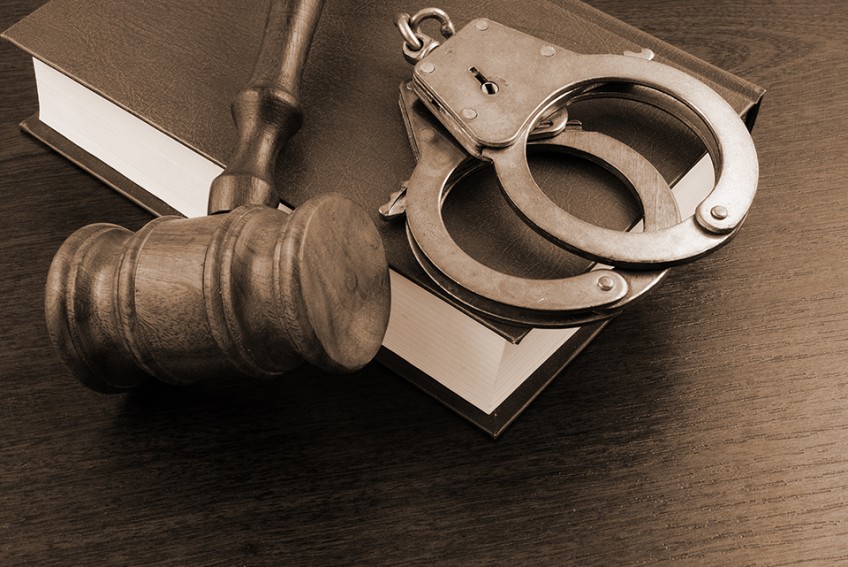Federal Judge Questions Use of Mandatory Minimum Sentencing for Nonviolent Offenders
Federal Judge Mark Bennett of Iowa strongly stated his opposition to mandatory minimum sentences for nonviolent drug offenses in an interview with National Public Radio. Since the 1980s, these sentences have been used in a significant number of cases involving nonviolent offenders. Mandatory minimums are sentencing laws that set minimum binding prison terms for certain crimes. When mandatory minimums are applied, judges cannot consider the specific circumstances of a crime and apply an appropriate punishment. Although mandatory minimums are right and justified in some cases, many people, including Bennett, believe these sentences do not always fit the crime and consistently result in harsh sentences for low level, nonviolent drug offenders. The effects of these mandatory minimums are at times unjust sentences. In addition, mandatory minimum sentences for nonviolent offenders who pose a low risk to public safety do not make the public safer.
There are more than 200,000 nonviolent drug offenders in prison who will be behind bars for decades because of mandatory minimums. Bennett thinks instead of using harsh sentences for nonviolent offenders, judges and prosecutors should treat each case on an individual basis and base the sentence on the totality of the circumstances. Essentially, it would not be fair to treat the case of a nonviolent drug user and a drug dealer the same, but mandatory minimums do not allow for the consideration of those details. A majority of the time, low-level nonviolent drug users have addiction and substance abuse problems which should be treated as a health issue.
Ultimately, the criminal justice system should not treat nonviolent drug users and drug dealers in the same manner. The ALEC model Justice Safety Valve Act allows judges the discretion to depart from the use of mandatory minimum sentences for nonviolent offenders. Many states have adopted this model in recognition of the need to distinguish between nonviolent drug offenders and drug dealers. Such a distinction will ultimately make the public safer.

